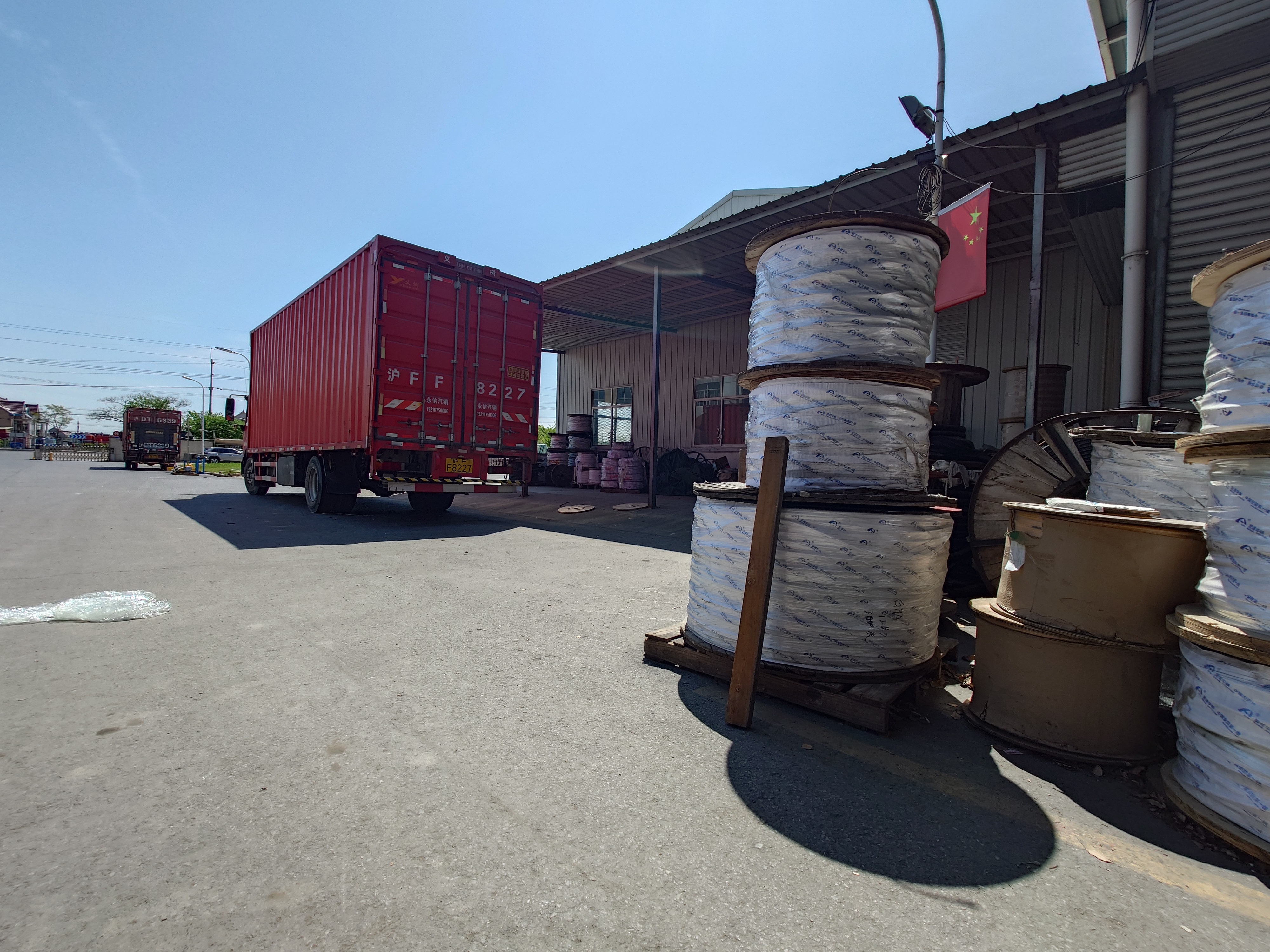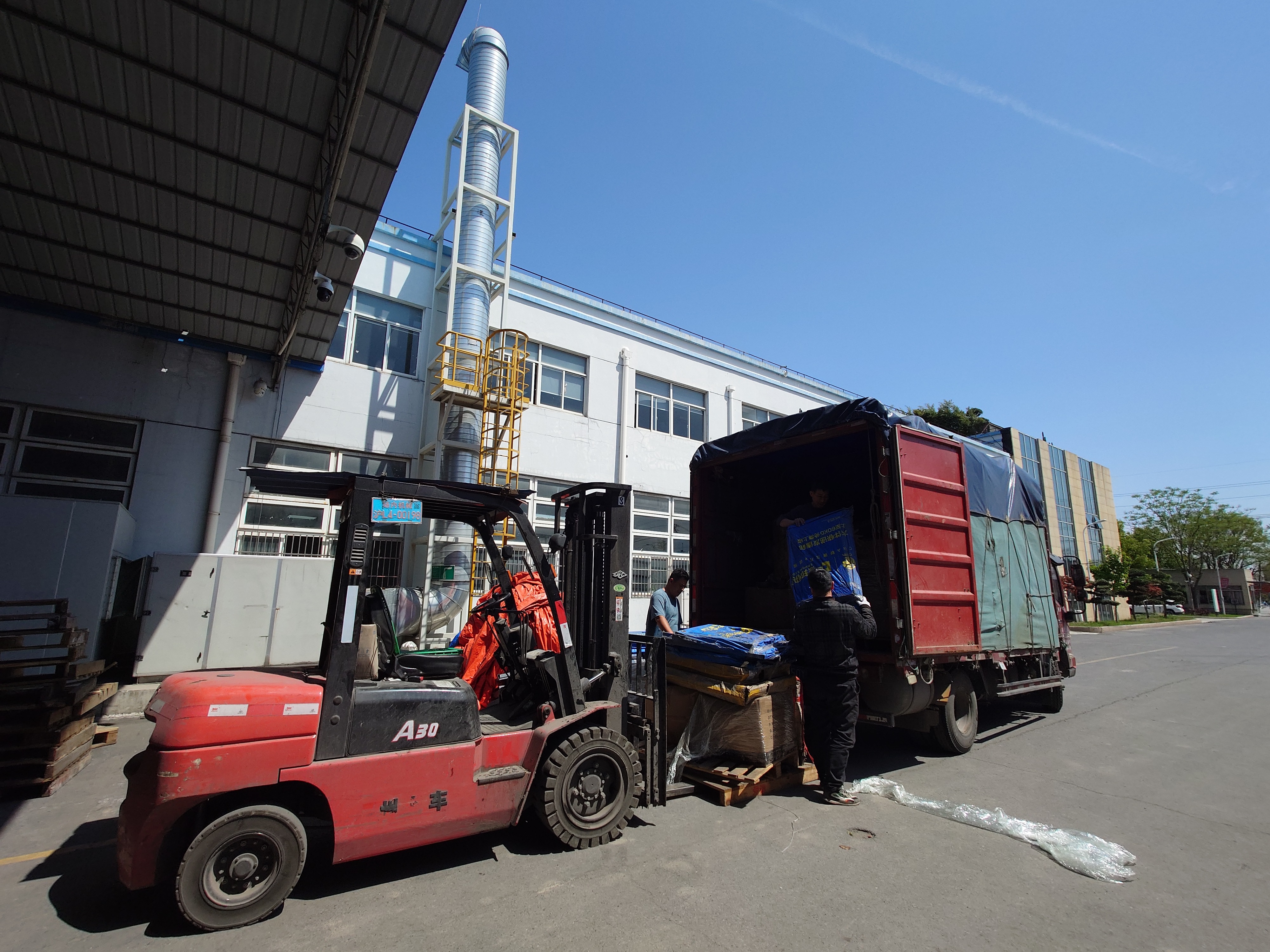How to Safely Shift Cable Drums Using a Forklift
Cable drums are essential for transporting and storing cables, but handling them correctly is crucial to prevent damage and ensure safety. When using a forklift to shift cable drums, follow these guidelines:
- Forklift Preparation:
- Ensure the forklift is in good working condition.
- Check the load capacity of the forklift to ensure it can handle the weight of the cable drum.
- Positioning the Forklift:
- Approach the cable drum with the forklift.
- Position the forks so that they support both flanges of the drum.
- Insert the forks fully under both flanges to prevent cable damage.
- Lifting the Drum:
- Lift the drum vertically, with the flanges facing upward.
- Avoid lifting drums by the flange or attempting to lift them into an upright position using the top flanges. This can break the flange away from the drum barrel.
- Using Leverage:
- For large and heavy drums, use a length of steel pipe through the center of the drum to provide leverage and control during lifting.
- Never attempt to lift drums by the flange directly.
- Transporting the Drum:
- Transport the drum with the flanges facing the moving direction.
- Adjust the fork width to match the drum or pallet size.
- Avoid transporting drums on their side, as protruding bolts can damage spools and cable.
- Securing the Drum:
- Chain heavy drums appropriately for transit, protecting the spindle hole in the center of the drum.
- Restrain drums to prevent movement during sudden stops or starts.
- Ensure cable sealing is intact to prevent moisture seepage.
- Storage Recommendations:
- Store cable drums on a level, dry surface.
- Preferably store indoors on a concrete surface.
- Avoid risk factors such as falling objects, chemical spills, open flames, and excessive heat.
- If stored outdoors, select a well-drained surface to prevent flanges from sinking.
Remember, proper handling ensures the safety of personnel, prevents cable damage, and maintains the quality of your cable drums.
Post time: Apr-25-2024


